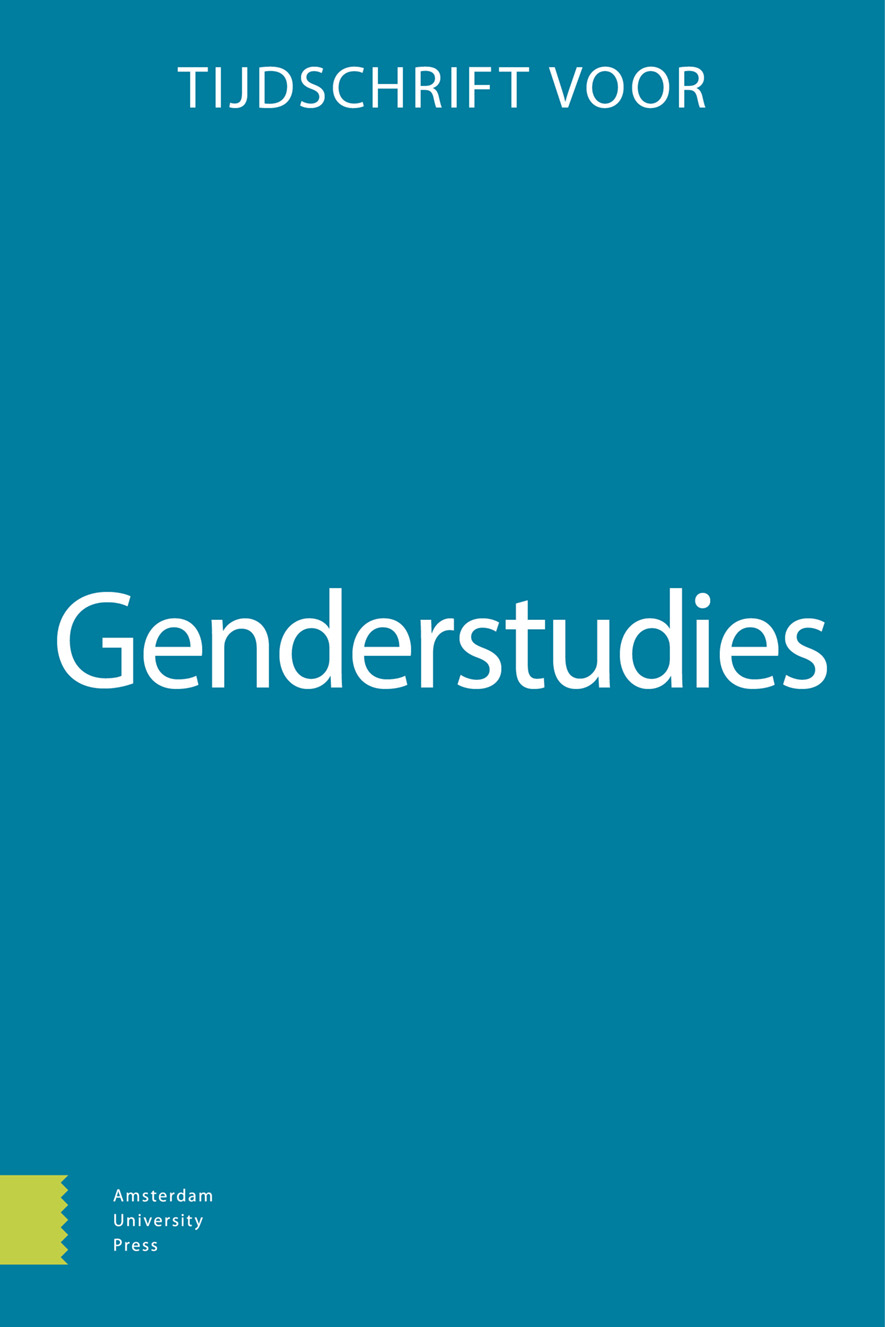-
oa First-generation Turkish women in the 2060 neighbourhood of Antwerp
Creating places for interpersonal connection
- Amsterdam University Press
- Source: Tijdschrift voor Genderstudies, Volume 21, Issue 4, Jan 2019, p. 325 - 340
-
- 01 Jan 2019
Abstract
This paper reports on a small-scale case study using an intersectional approach that reflects on sense of place in first-generation Turkish migrant women who migrated to Belgium in the 1970s and who live in Antwerp 2060 (Belgium). It shows how migrant women have taken on efforts to re-enact and renegotiate places in search of interpersonal connection within their new environment. The case study focuses on three significant time periods in the life cycle of the women: before migration, in the extended arrival period, and today. It is empirically supported by semi-structured personal interviews covering place-related life stories situated at the intersection of four social identity categories, i.e. age, gender, socio-economic background, and culture. The analysis illustrates how the benefit of economic migration for these migrant women comes with the sacrifice of social connectedness, a consequence of their ‘deduplicated’ feeling of belonging.


